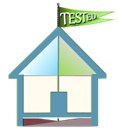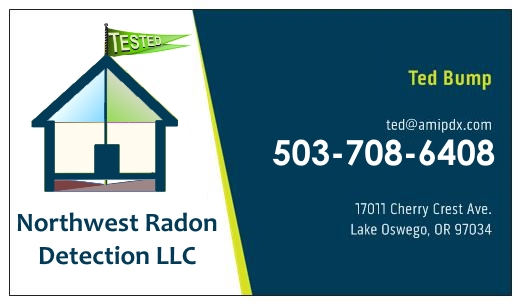
WHAT IS RADON? Long answer? Radon is a rare radioactive gas belonging to the noble gas series, which includes helium, neon, argon, krypton, and xenon. Radon [Rn] is odorless, colorless, and tasteless, and, most importantly, has been found in homes all over the United States. It occurs naturally. Radon comes from the breakdown of uranium in soil, rock, and water. When homes and businesses are built above uranium deposits, radon can come up into the air we breathe and become trapped (concentrated) in our structures.
Many homes sold today are now tested for radon during the Home Inspection process. Real Estate Professionals handle this testing routinely. Homeowners are increasingly recognizing the threat of radon gas and learning to test, monitor and mitigate.
Many homes sold today are now tested for radon during the Home Inspection process. Real Estate Professionals handle this testing routinely. Homeowners are increasingly recognizing the threat of radon gas and learning to test, monitor and mitigate.








